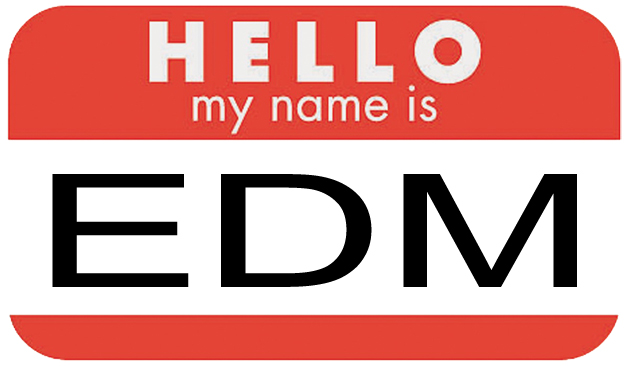 Antithetical conflicts have mired the rise of electronic dance music. Too much pop sounds and collaborations, attention to the wrong releases, and just press a space bar assumptions play off the popularity a genre long underground is now experiencing. The latest issue? What, exactly, to call the genre.
Antithetical conflicts have mired the rise of electronic dance music. Too much pop sounds and collaborations, attention to the wrong releases, and just press a space bar assumptions play off the popularity a genre long underground is now experiencing. The latest issue? What, exactly, to call the genre.
A snipe in the New York Times expresses the conundrum all at once: “needless shorthand
Some may argue that electronic dance music, or EDM, covers a broad range of musical styles, encompassing early versions like disco and synth-pop to house’s modern incarnations to dubstep. DJs, musicians, and even singers fall within its scope. But, is EDM too broad? Is it an actual genre, or rather a confluence of many styles and influences in a dance-floor friendly form? And, are house, trance, and even nu-disco distinct enough to stand on their own, or does the creation, beat, and string of musical elements tie all together?
In an interview with O.C. Weekly, Zedd expressed he isn’t fond of the genre’s name, stating: “I don’t really like the word EDM. There are a lot of people that would like this music even if they don’t know EDM so why not expose it to them as well.” His recent album Clarity, he went onto describe, is simply “music” – not just “electronic” and not just “dance.”
Yet, even with Zedd’s background in classical music and playing in a rock band, his top single “Spectrum” is unmistakably house, with a bit of dubstep thrown in. Toning down the beat, perhaps, could veer the track into pop territory. But, many mainstream house tracks fall into that same continuum.
Perhaps, the ability to effectively blend genres goes back to EDM’s DJing roots. Echoing similar sentiments as Zedd, A-Trak, in an interview with Fact, said: “[…] EDM, what a dumb name. I never pay attention to genres anyways, I just find stuff that I like and play it.”
While the differences between subgenres and sub-subgenres can be debated, how electronic dance music fits in with all other musical forms determines its role in the full spectrum. Pop and rock may bleed into EDM, while a dance beat can effectively infiltrate itself into songs across all radio-friendly genres. Yet, through structure, instrumentation, and composition, EDM distinguishes itself from the rest.
Even if this genre has a specific, distinct sound, is EDM still “redundant”? Although techno, house, and trance were simply called “dance music” for the past 20 years, this name glosses over its creation, as even a guitar or orchestra can create a song you can dance to. In fact, songs for dancing were performed on these and many other instruments centuries before turntables and synthesizers formed a 4/4 beat at 140 BPM with a catchy melody.
“Electronic music,” on the other hand, ignores the dance aspect these subgenres. Anything created with a synthesizer or similar instrument, such as a theremin, is “electronic,” from out-there modern-day classical music to Wendy Carlos’ Switched-On Bach to New Order tinkering with samples in the ‘80s to Avicii’s mega-house hits. Common composition, changing with technology, runs through each, but the palette of sounds is too diverse to seem cohesive.
In Venn diagram deduction, “electronic dance music” is the best description for the genre: made for the dance floor, composed with electronic devices and methods.
What’s your take on the name? What else could the genre be called?



